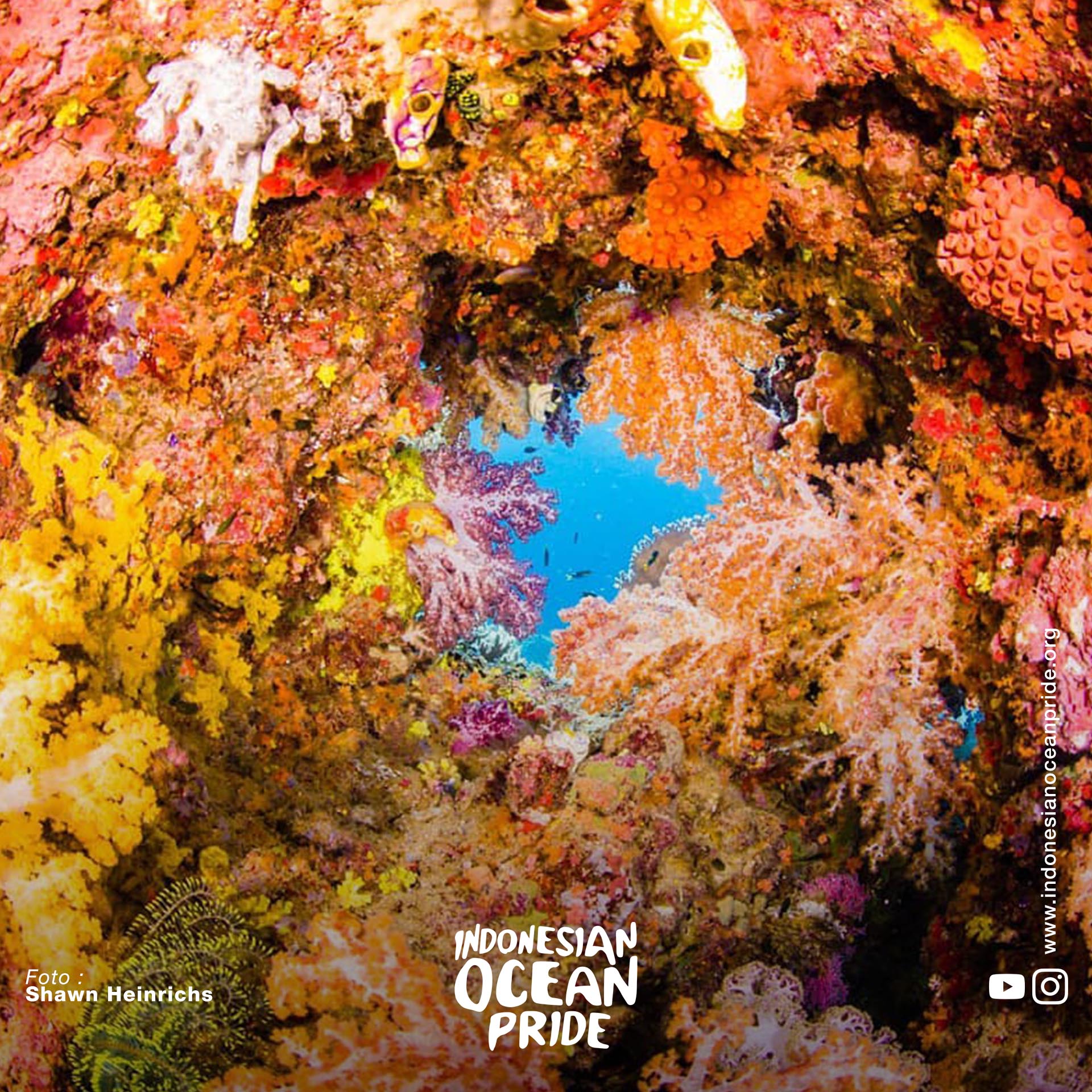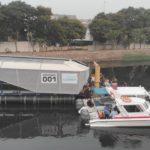
Raja Ampat, the “Galapagos of the Sea”: What Does It Mean?
The Great Barrier Reef in Australia is known as the largest coral reef structure in the world, only has 400 species of Corals, while Indonesia has more than 500 species of corals and 75% of the World’s Coral Reefs are found in Raja Ampat, West Papua, Indonesia. Raja Ampat is known as the “Galapagos of the Sea” because of these beautiful and unique coral reefs. They are home to many different unique species that cannot be found anywhere else in the world. It has been found that 37% of the coral fish species in the world exist in Raja Ampat. Other areas in Indonesia with high coral potential are Derawan Island, Banda, Nusa Penida, Komodo Island, Bunaken, Wakatobi, and Cendrawasih Bay.
However, the downside of having the title “Galapagos of the Sea” is mass tourism. Mass tourism brought several people who weren’t aware of the need to protect the coral reefs. People tend to do as they pleased whenever they visited beautiful places to take pictures or videos. The government made significant steps to prevent that from happening again through raising the entrance fee ticket to Raja Ampat and a zonation system to manage no-take zone areas, fishing ground, and tourism location. The Government of Raja Ampat also made eco-tourism training to empower the local community. The locals in Raja Ampat are also actively protecting the ocean as it is also the source of their livelihoods.
It takes years of effort to protect Raja Ampat, hence the need to spend quite a fortune to go to Raja Ampat. But it was done to make sure they have the funds to conserve nature in Raja Ampat and limit the number of visitors. That’s why it is important to abide by the rules set by the people of Raja Ampat.
Here are some of the rules that you need to remember when you travel to Raja Ampat in the future (“Raja Ampat Diving Code of Practice”. Stay Raja Ampat, https://www.stayrajaampat.com/ultimate-raja-ampat-guide/information/raja-ampat-diving-code-of-practice/. Accessed 6 June 2020):
- It is not allowed to capture, collect, harvest, or disturb any living natural resource of the reef
- Harvesting or disturbing any non-living natural resource within the Marine Protected Area, including taking dead corals, shells, or stone is not allowed.
- Not allowed to feed or attract fish and other wildlife with food or bait
- Underwater photographers should be particularly careful about avoiding physical contact with the reef.
- Possession or use within the MPA of chemicals or explosives used for fishing is not allowed.
- Possession or use within the MPA of spearguns and other underwater fishing gear is not allowed.
- Dispose of trash or rubbish appropriately, and never on the beach or in the sea.
- Do not permit others to damage the wildlife and natural resources of Raja Ampat. Report any violations of these rules that you witness.
- Anyone entering the Raja Ampat district must have a valid entry permit, which can be purchased in Sorong or Waisai. Tourists without a valid entry permit will be forbidden to enter.
If we abide by these rules, we are also taking part in protecting the ocean. And if the coral reefs in Raja Ampat are protected, we’ll also be able to enjoy its beauty and be proud of having that in Indonesia.




